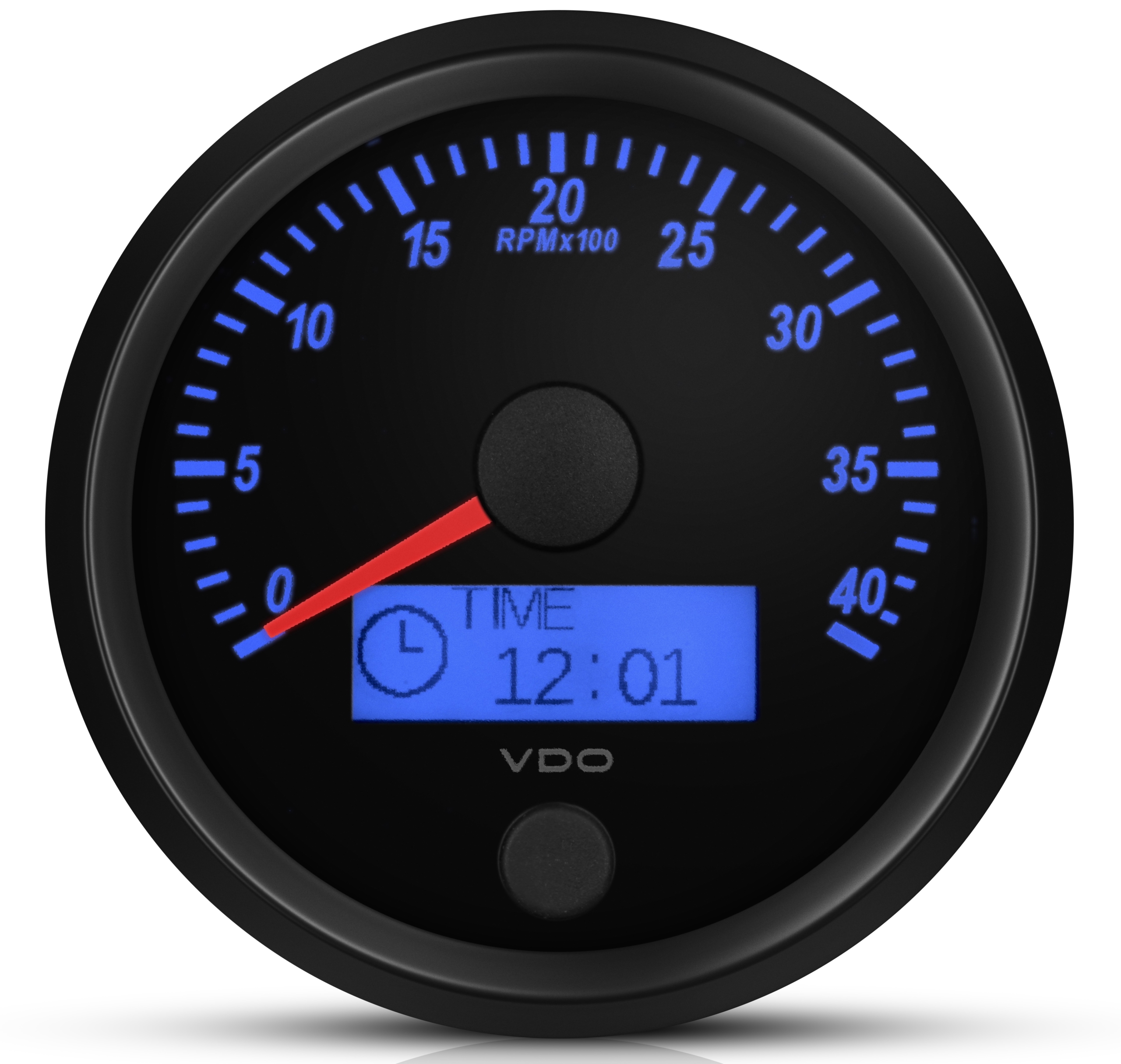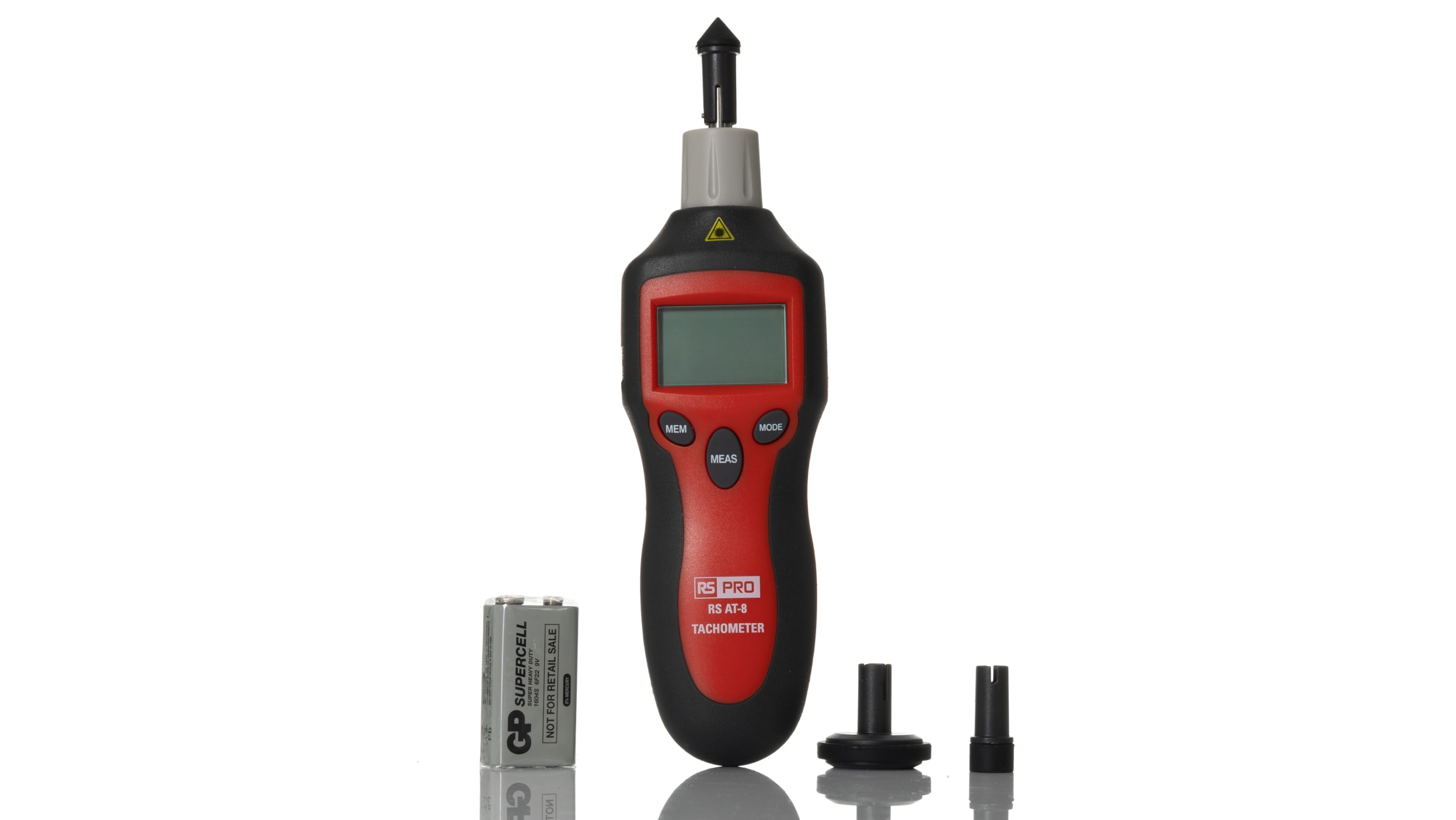The Importance of a Tachometer in Keeping An Eye On Engine Speed and Performance in Automotive Applications
In the realm of automobile design, the tachometer stands as a crucial tool in the driver's arsenal, giving a straight window right into the internal operations of a car's engine. Past its feature as a plain gauge of revolutions per min (RPM), the tachometer offers as a critical device for fanatics and professionals alike, using real-time understandings into engine efficiency and wellness.
Significance of Keeping Track Of Engine RPM
Keeping track of engine RPM, or revolutions per minute, is a crucial element of auto maintenance and performance evaluation. Engine RPM directly associates with the rate at which the engine's crankshaft revolves, showing how quickly the engine is running - tachometer. By keeping track of RPM, mechanics can analyze the health and wellness of the engine, discover prospective issues, and fine-tune performance. An uncommon RPM analysis may signal troubles such as engine misfires, damaged spark plugs, or issues with the fuel delivery system. Constantly high RPM analyses could indicate hostile driving habits or the requirement for a higher equipment change to enhance gas performance.
Additionally, keeping track of engine RPM is important for performance analysis in auto racing and high-performance vehicles. In summary, monitoring engine RPM is not just crucial for identifying concerns yet likewise for optimizing engine performance in numerous auto applications.

Benefits of Real-Time Information
In auto applications, real-time data plays a critical role in supplying instantaneous understandings into the performance and condition of the automobile. By continuously keeping an eye on different criteria such as engine rate, temperature, gas intake, and much more, real-time data provides numerous benefits that add to enhanced efficiency and safety when traveling.
Furthermore, real-time information helps with efficiency optimization by offering instant responses on driving habits and engine performance. Chauffeurs can adjust their behavior in real-time based on this info to achieve better fuel economic situation and lengthen the life-span of their lorry.

Moreover, real-time data plays an important function in contemporary vehicle diagnostics, enabling professionals to promptly identify and address breakdowns. This causes lowered downtime, lower maintenance costs, and inevitably, boosted total vehicle integrity and long life (tachometer). By using the power of real-time information, auto stakeholders can make enlightened decisions that positively impact both the efficiency and longevity of the vehicle
Influence On Equipment Shifts
The tachometer plays a vital duty in optimizing equipment shifts by giving real-time engine speed information to the vehicle driver. When coming close to the redline on the tachometer, it indicates the driver to upshift to protect against over-revving the engine and causing potential damages.
Additionally, the tachometer help in achieving smoother equipment shifts, particularly in hands-on transmissions. By checking engine rate, vehicle drivers can carry out gear shifts at the ideal RPM range, reducing jerking movements and decreasing wear on the transmission components. This precision on duty adjustments not only enhances driving comfort however additionally adds to sustain effectiveness.
Enhancing Gas Efficiency
Given the essential role the tachometer plays in optimizing equipment shifts for performance and engine health, it directly adds to maximizing gas efficiency in automotive applications. By providing real-time responses on engine speed, the tachometer helps chauffeurs in keeping the most reliable RPM range for fuel economy. When motorists consistently check the tachometer and change their motoring behaviors appropriately, they can stay clear of unneeded gas intake triggered their explanation by over-revving or hauling the engine.
Furthermore, the tachometer assists vehicle drivers identify the most fuel-efficient gear to be in at any given moment, protecting against the engine from working harder than needed. In final thought, the tachometer serves as a useful device in improving fuel performance by promoting optimal driving routines and determining locations for why not try these out improvement in the vehicle's performance.

Making Best Use Of Engine Long Life
The tachometer's role in checking engine rate and performance is important in guaranteeing the durability of auto engines. Keeping track of the tachometer allows chauffeurs to remain within the advised RPM variety for their automobile, protecting against unneeded pressure on the engine and extending its lifespan.

Final Thought
In verdict, the tachometer plays a critical function in monitoring engine speed and efficiency in automotive applications. By giving real-time data on RPM, it permits efficient equipment shifts, improved gas performance, and maximized engine durability. This device is important for keeping optimal engine efficiency and making certain the general capability of an automobile.
Comments on “Exactly How a Tachometer Aids Monitor Engine Health And Wellness and Efficiency”